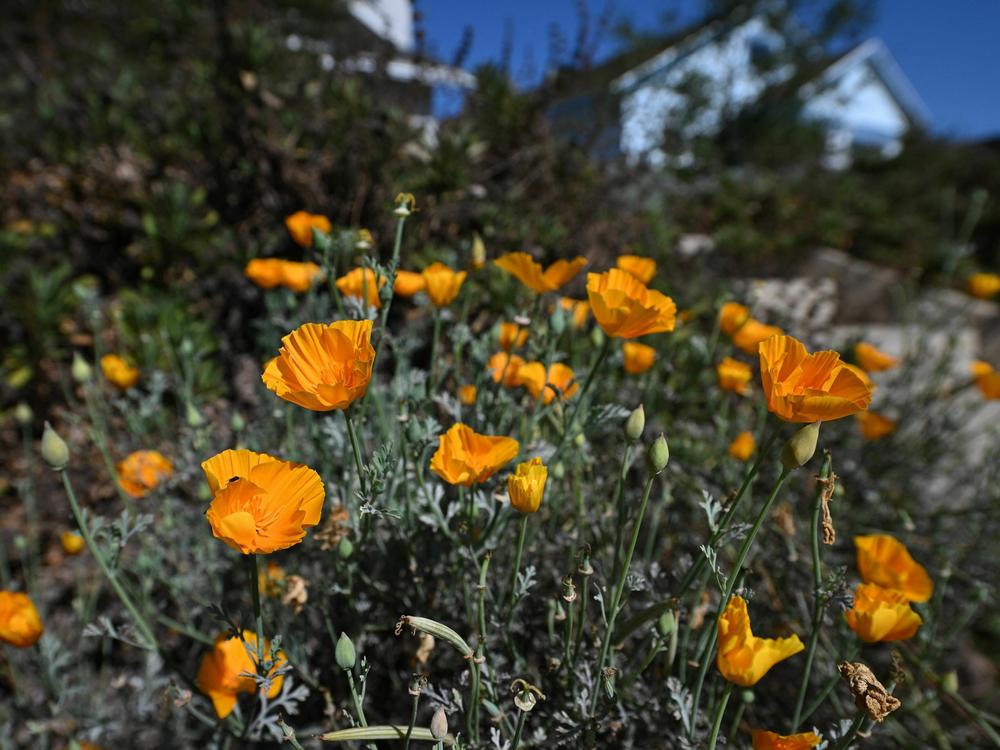Loading...
Section Branding
Header Content
'It feels like I'm not crazy.' Gardeners aren't surprised as USDA updates key map
Primary Content
A newly updated government map has many of the nation's gardeners rushing online, Googling what new plants they can grow in their mostly warming regions.
It's called the U.S. Department of Agriculture's "plant hardiness zone map," and it's the national standard for gardeners and growers to figure out which plants are most likely to survive the coldest winter temperatures in their location.
This week the map got its first update in more than a decade, and the outlook for many gardens looks warmer. The 2023 map is about 2.5 degrees Fahrenheit warmer than the 2012 map across the contiguous U.S., says Chris Daly, director of the PRISM Climate Group at Oregon State University that jointly developed the map with the USDA.
Daly says the new map means about half the country has shifted into a new half zone and half hasn't. In some locations, people may find they can grow new types of flowers, fruits, vegetables and plants.
Many of the nation's gardeners are not surprised by the change.
"I have been stating all year long, 'This needs updating!'," says Megan London, a gardening consultant in Hot Springs, Arkansas, in a video she posted on Facebook. London has been gardening for 26-years, and she's seen her region warming.
In the new map, London's region in central Arkansas has moved from zone 7b to zone 8a. What that means for her is that she's now considering growing kumquats, mandarin oranges, and shampoo ginger, a tropical plant.
But London says that the excitement she and other gardeners have to grow new things is tempered by another feeling: concern about human-caused climate change.
"We're excited, but in the back of our minds, we're also a little wary," London says. "In the back of our mind, we're like, ah, that means things are warming up. So what does this mean in the long run?"
The scientific community overwhelmingly agrees that humans burning fossil fuels like oil, coal and gas is the primary driver of global warming. The summer of 2023 was the hottest meteorological summer on record for the northern hemisphere, according to the National Oceanic and Atmospheric Administration.
Daly says he is hesitant to explicitly attribute the specific changes from the 2012 map to the 2023 map to climate change because of the volatility of the key statistic they used to create this map. They were mapping "the coldest night of the year, each year, over the past 30 years", Daly says, and it's a highly variable figure.
In an email, a press officer for the USDA says, "Changes to plant hardiness zones are not necessarily reflective of global climate change because of the highly variable nature of the extreme minimum temperature of the year."
But Daly says, in the big picture, climate change is playing a role in changing what grows where in the US: "Over the long run, we will expect to see a slow shifting northward of zones as climate change takes hold."
Still, for gardeners like Rachel Patterson, in Port St. Joe, Florida, the updated USDA map showing a warming region is validating, if not comforting. "It feels like I'm not crazy," she says.
Patterson moved to her new community two years ago to help rebuild after a hurricane. She now gardens with her three-year-old and his wheelbarrow, and has seen the impacts of climate change in her Florida gardening community.
"The sweet little grannies here are just heartbroken, they can't grow their tomatoes," she says, "It's so much hotter, the tomatoes burn."
Patterson has been helping her community adapt to the heat by planting varieties of heirloom tomatoes that are more resilient to fungi that spread more rapidly in warmer climates.
She says the updated map is a reminder of the need for climate action: "It's just going to keep getting hotter. So the government has to make policy changes to slow climate change down."
Copyright 2023 NPR. To see more, visit https://www.npr.org.

